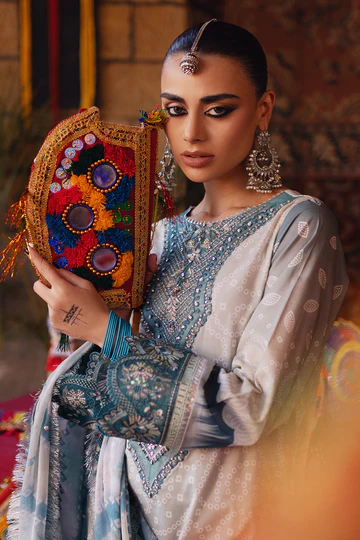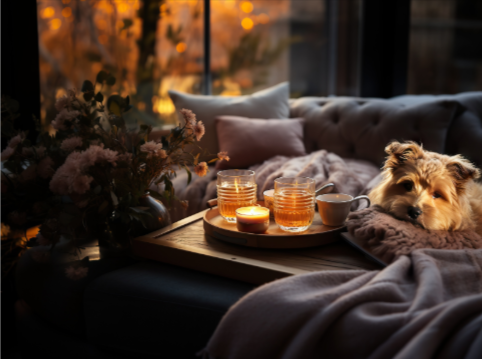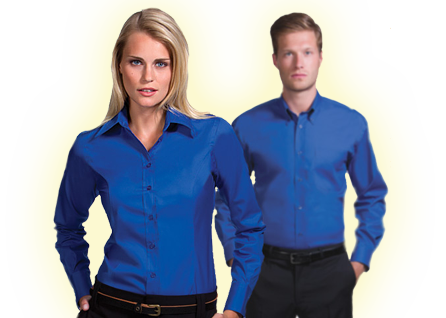Pakistani formal dresses are an emblem of cultural richness, artistic expression, and evolving fashion sensibilities. The attire reflects centuries of tradition, merging with contemporary trends to create stunning ensembles suitable for various formal occasions. This article delves into the evolution of Pakistani formal wear, highlights regional variations, and offers insights into selecting the perfect dress for any event.
A Historical Perspective
The roots of Pakistani formal dresses can be traced back to the Mughal era, characterized by opulence, intricate craftsmanship, and vibrant colors. This period laid the groundwork for many traditional outfits that are celebrated today. Over the years, influences from neighboring cultures, colonial impacts, and globalization have transformed these styles into modern interpretations, making Pakistani fashion a fascinating blend of the old and the new.
The Evolution of Styles
- Traditional to Contemporary: While traditional attire remains at the core of Pakistani fashion, contemporary designers are redefining these styles to cater to modern aesthetics. The fusion of traditional silhouettes with contemporary cuts has resulted in innovative designs that appeal to younger generations.
- Bridal Evolution: Pakistani bridal wear has undergone a remarkable transformation. Traditional bridal lehengas are now available in a variety of styles, from heavily embroidered options to minimalistic designs. Brides often choose colors beyond the conventional reds and greens, embracing pastels and jewel tones that reflect personal tastes.
- Influence of Western Fashion: The globalization of fashion has led to an interesting crossover, with many Pakistani designers incorporating Western elements into formal wear. This trend includes structured silhouettes, the use of contemporary fabrics, and innovative draping techniques, creating a unique hybrid style that resonates with a broader audience.
Regional Variations in Pakistani Formal Wear
Pakistani formal dresses showcase a rich tapestry of regional diversity, with each area contributing distinct styles and embellishments:
- Punjab: Known for its vibrant colors and heavy embroidery, Punjabi formal wear often features styles like lehengas and shararas. Phulkari embroidery, characterized by floral patterns, is particularly popular in this region.
- Sindh: Sindhi formal wear includes traditional outfits like the Ajrak, a block-printed shawl, and colorful Ghararas. The use of mirror work and vibrant embellishments makes Sindhi attire unique and eye-catching.
- Khyber Pakhtunkhwa: The formal dresses from this region often incorporate traditional Pashtun styles, characterized by detailed embroidery and bold colors. The Peshawari Chappal is a popular footwear choice that complements formal outfits.
- Balochistan: Balochi formal wear is known for its rich fabrics and intricate needlework. The Ghar and Kameez are common, often adorned with vibrant embroidery that showcases the region’s craftsmanship.
- Gilgit-Baltistan: This region’s formal attire often features natural fibers and simple yet elegant designs. The use of local weaving techniques adds a unique touch to the clothing, making it distinct and culturally rich.
Choosing the Perfect Pakistani Formal Dress
Selecting the perfect formal dress can be a delightful yet overwhelming experience. Here are some tips to guide you through the process:
- Understand the Occasion: Different events call for different styles. For weddings, heavier fabrics and ornate embellishments are ideal, while simpler designs work well for formal dinners or corporate gatherings.
- Know Your Body Type: Understanding your body shape can help you choose styles that enhance your best features. For example, A-line dresses are flattering for most body types, while tailored outfits can add structure to your look.
- Color Selection: Choose colors that complement your skin tone and match the season. For example, pastel shades are great for summer events, while deep jewel tones suit winter occasions.
- Fabric Matters: Opt for fabrics that are comfortable and suitable for the season. Lighter fabrics like chiffon and georgette are great for warm weather, while silk and velvet are perfect for colder months.
- Accessories: Don’t forget to accessorize! Complement your outfit with appropriate jewelry, handbags, and footwear. Traditional pieces like jhumkas or statement necklaces can enhance the overall look.
The Role of Pakistani Formal Dresses in Modern Fashion
In recent years, Pakistani formal dresses have gained international recognition, thanks to the efforts of designers showcasing their collections on global platforms. Fashion weeks in cities like Karachi and Lahore have highlighted the creativity and craftsmanship of Pakistani designers, attracting attention from fashion enthusiasts around the world.
The rise of social media has further propelled the visibility of Pakistani fashion, allowing designers and influencers to share their work with a global audience. This exposure has led to a growing appreciation for the intricacies of Pakistani formal wear, paving the way for collaborations and cross-cultural exchanges in fashion.
Conclusion
Pakistani formal dresses are more than just garments; they are a celebration of cultural heritage, artistic expression, and modern innovation. With their rich history, regional variations, and evolving styles, these outfits continue to capture the hearts of fashion enthusiasts both locally and globally. Whether for a wedding, a formal gathering, or a festive celebration, Pakistani formal dresses offer a unique blend of tradition and contemporary flair, making every occasion memorable and stylish.






Leave a Reply